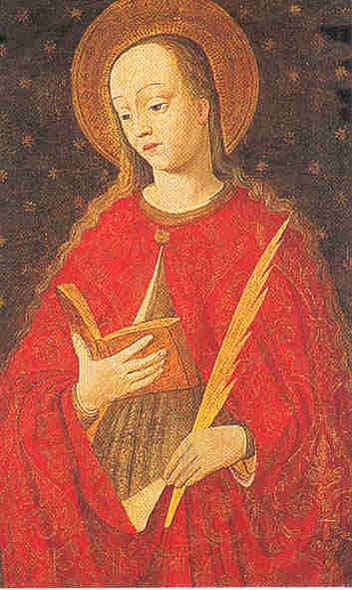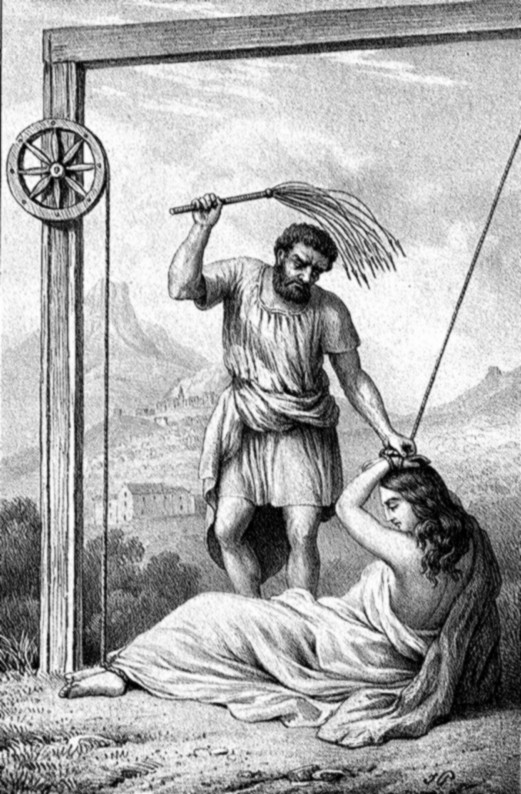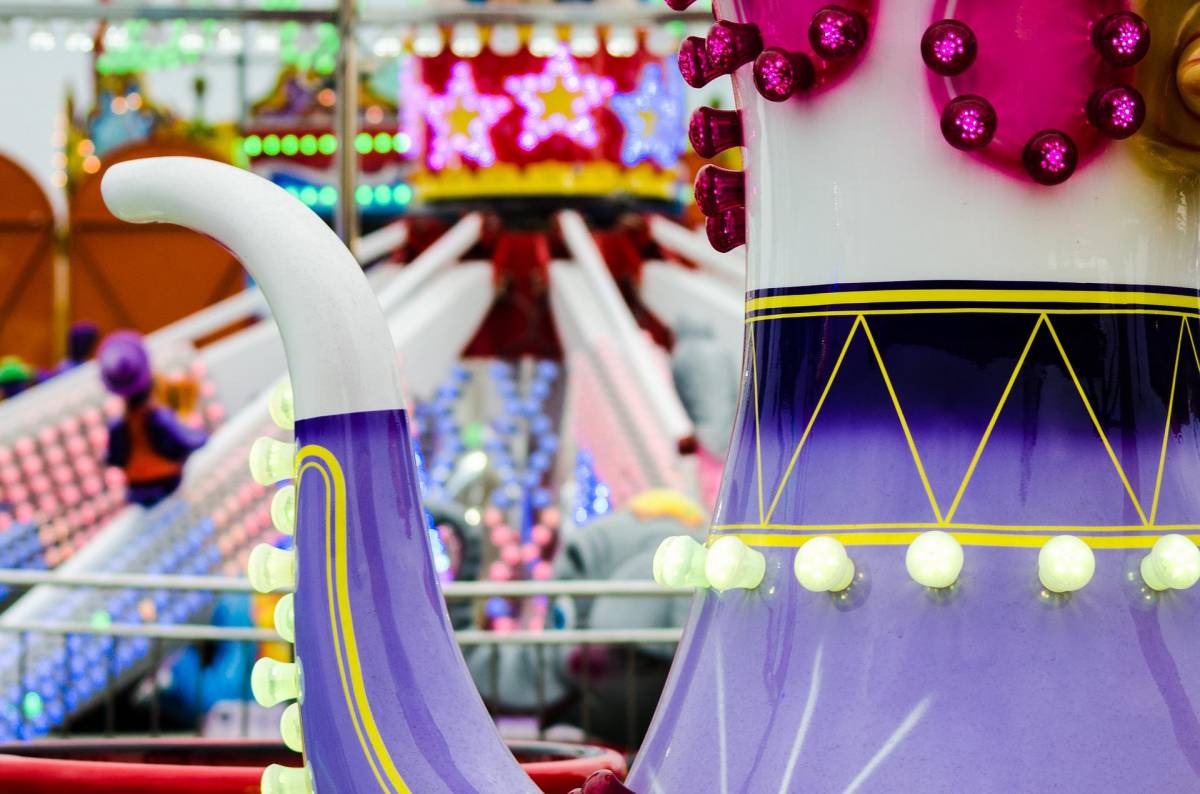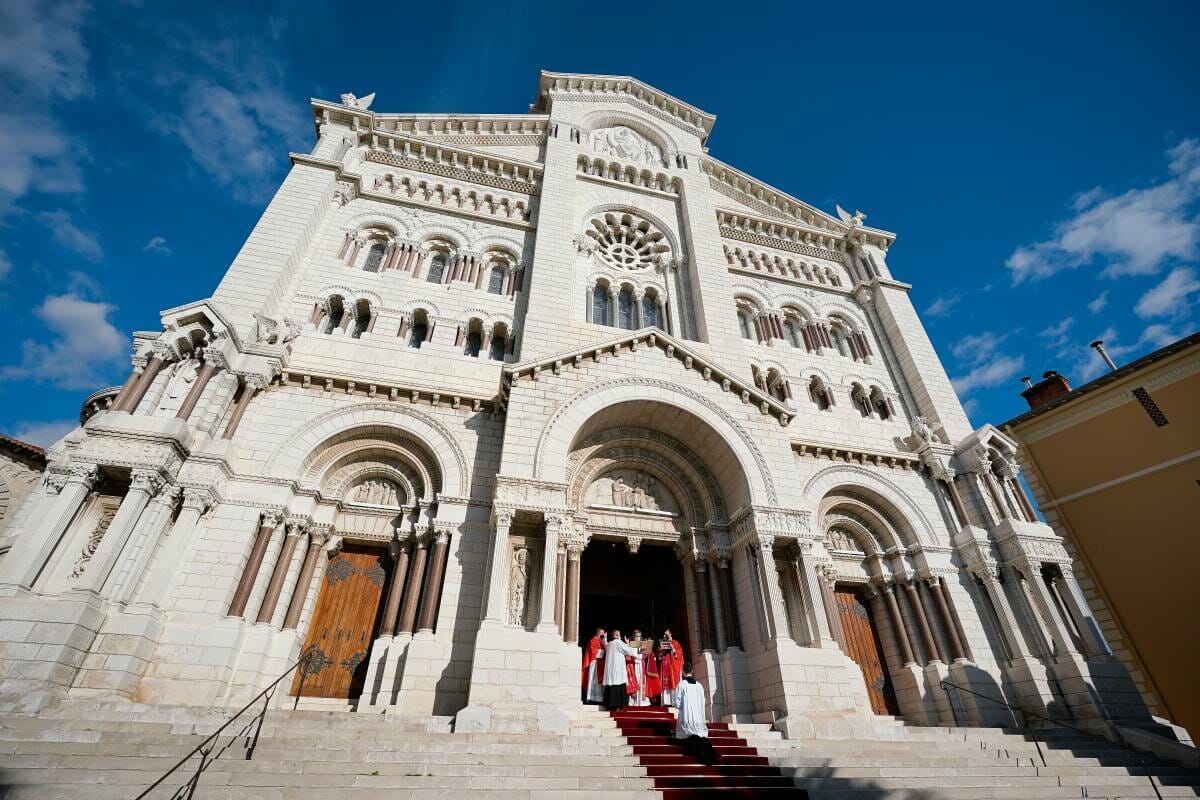Each year, the people of Monaco gather to celebrate Saint Devota and to symbolically burn a boat, but not everyone is aware of the legend behind this celebration or, in fact, of the recent studies being carried out on Devota’s relics in the Principality.
We know the deep attachment Monegasques have for Saint Devota, patron and protector of the Principality. This fervour manifests each year on the evening of the 26th of January in the forecourt of the church of Sainte-Dévote where, after the procession of the relics and the salvation of the Blessed Sacrament, the burning of the boat by the Sovereign and members from his family takes place. But why is a boat burned? Why, once the boat is consumed by the flames, do the many faithful gather the nails from the still smoking ashes? Why this fervour and this gesture have such strong sentimental value?

Devota, a young Christian girl, was martyred under the reign of the emperor Diocletian in 304, by the consul Barbarus, who then governed Corsica. The boat that was to transport her body to Africa, guided by a dove in the storm, ran aground on the beach of the Gaumates valley at the bottom of the port of Monaco. Her body was buried in the little chapel next to a stream.
Around the year 1070, due to the numerous miracles attributed to the Saint, the precious relics were stolen by sailors with the intention of negotiating their blessing. These sailors had thought they could flee unencumbered, but a contrary wind rose and prevented them from leaving the harbour. They were captured and the relics recovered, and the thieves’ boat was burned on the beach as a sacrifice of atonement.

That is the origin of this tradition of the burning of the boat. Towards the end of the sixteenth century, when Saint Devota became the most venerated Saint and protector of the Princely family and the Monegasques, there were bonfires, but a boat was never burnt. This late tradition was initiated around 1860, but it was on Saturday, 26 January, 1924, that Prince Louis II solemnly consecrated the tradition by lighting the pyre of the boat himself.
It is said that the nails of the boat, which can be collected in the ashes, bring happiness. As a result, it is not uncommon, at the end of the commemoration ceremony, to see children jostling to find the precious nails.

Innovative study of the relics of Saint Devota
Father Daniel Deltreuil, pastor of the cathedral, with the approval and support of Monseigneur Barsi, Archbishop of Monaco, contacted the Museum of Prehistoric Anthropology of Monaco for the purpose of inventorying and analysing the relics belonging to the Diocese and in particular the reliquary of Saint Devota.
For several months, a team of scientists, Dr. Emilie Perez and Dr. Yves Darton, led by the archaeologist Elena Rossoni-Notter, carefully studied the bones present in the heart of the cathedral. And the verdict: the bones attributed to the Patron Saint of the Principality are indeed human remains. They include more precisely phalanges, vertebrae, fragments of humerus (arm), a scapula, part of the pelvis and fibula. “The bones are those of a young woman who presents several pathologies. She had osteoarthritis and received several blows in the back. This woman had a difficult life,” said Dr. Perez. These are scientific facts that would align with the legend. Scientists currently do not have the complete skeleton of the Saint.
Other bones are scattered in several churches of the Principality and Corsica. Elena Rossoni-Notter and her collaborators hope to continue this innovative work. “Analysing all the relics preserved in Monaco will be our second step. We would like, in the medium term, to work on the exact age, genetics, geographical origin of individuals using the techniques we have today such as carbon-14 dating, DNA sequencing, and the measurement of various geochemical elements.” These first results, obtained thanks to a welcome cooperation between religion and science, were presented to the public during the 21st edition of the European Heritage Day in Monaco, organized by the Directorate of Cultural Affairs.
The tradition in Monaco of celebrating Saint Devota and burning the boat will now be enhanced by these exciting new studies, adding new layers of depth and detail to this historical yearly event.
This year, due to sanitary measures related to the COVID-19 epidemic, the traditional procession will be replaced with a blessing from the porch of the Cathedral at the end of Mass, and the traditional fireworks in honor of the holiday will be canceled.
Here you can find a more detailed program of St. Devote’s Day celebrations this year.









